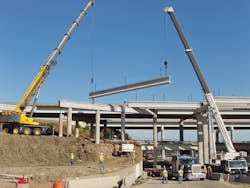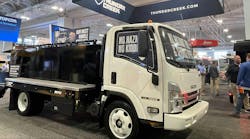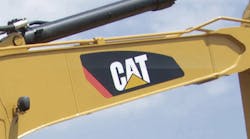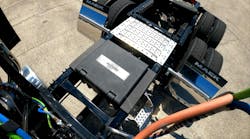The length of America’s structurally deficient bridges, if placed end-to-end, would span nearly 1,100 miles according to a report by the American Road and Transportation Builders Association (ARTBA). The group recently released a U.S. Department of Transportation 2018 National Bridge Inventory, revealing that 47,052 bridges are classified as structurally deficient and in poor condition. The report stems from the discussions between Congress and the Trump administration about how to address the nation’s infrastructure challenges.
According to ARTBA, cars, trucks, and school buses cross these failing structures 178 million times a day. Nearly 1,775 are on the Interstate. The most traveled structurally deficient bridges are on parts of Route 101, Interstate 405, and Interstate 5 in California.
Including structurally deficient bridges, there are nearly 235,000 bridges (about 38 percent) in need of some sort of structural repair, rehabilitation, or replacement, ARTBA says.
Although the number of deficient bridges is down slightly compared to 2017, the pace of improvement has slowed.
“At the current pace, it would take more than 80 years to replace or repair the nation’s structurally deficient bridges. That’s longer than the average life expectancy of a person living in the U.S.,” Dr. Alison Premo Black, chief economist, said in a press release. “America’s bridge network is outdated, underfunded, and in urgent need of modernization. State and local government just haven’t been given the necessary resources to get the job done.”
According to Dave Bauer, president, the best way to solve the infrastructure problem is for Congress and the Trump administration to provide a permanent revenue solution for the federal Highway Trust Fund (HTF). The HTF is the source of more than 50 percent of highway and bridge capital investments.
States with the largest number of deficient bridges are Rhode Island (23 percent); West Virginia (19.8 percent); and Iowa (19.3 percent).
Source: ARTBA





